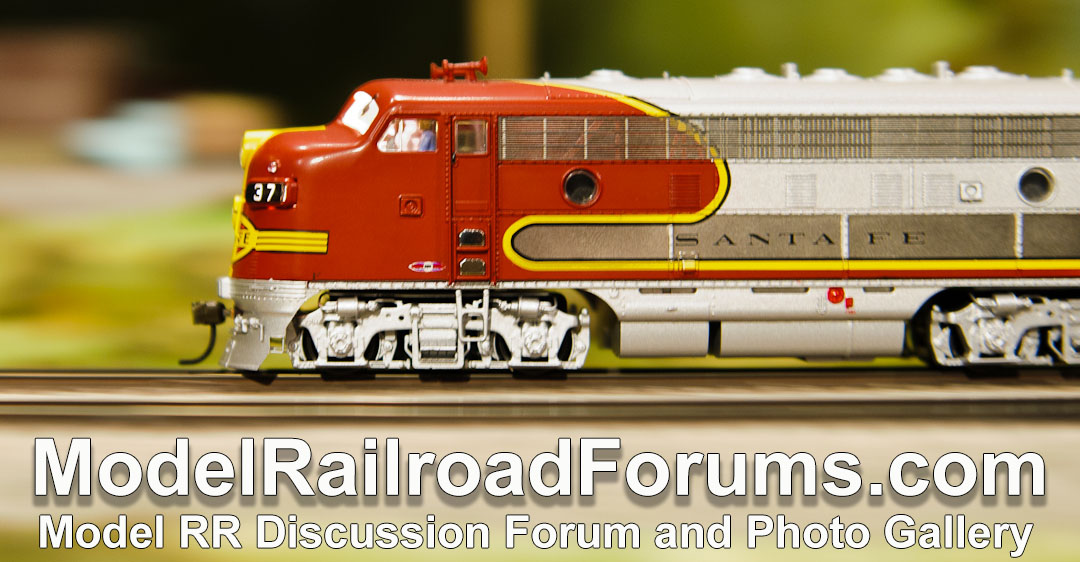PNKFLOYD
Mikey
Have you ever had a modeling project that life got in the way whenever you waited for glue or paint to dry?
This is a 30 yo polyurethane kit from Alloy Forms with cast body parts. The cast parts have bubbles and pits that really show up in the assembled model.

I broke some parts while cutting them out and removing flash with sand paper. I did use ACC to glue things together, which helped straighten out the warped body sides.

The assembly instructions allow you to guess where to place several items including the wheels.
I may have placed them to far back

Even with 2 coats of paint, a clear coat and weathering, surface imperfections and rib pits are very evident in the photos.

I may go back later and try to darken the weathering along the body ribs. The flash on my phone really washs out the color.

From 5 feet this is not a bad looking model, but at 12", it looks beat up.
This is the second cast polyurethane kit I have assembled this year and I have have been disappointed in both results.
Could just be my modeling skills!
This is a 30 yo polyurethane kit from Alloy Forms with cast body parts. The cast parts have bubbles and pits that really show up in the assembled model.
I broke some parts while cutting them out and removing flash with sand paper. I did use ACC to glue things together, which helped straighten out the warped body sides.
The assembly instructions allow you to guess where to place several items including the wheels.
I may have placed them to far back
Even with 2 coats of paint, a clear coat and weathering, surface imperfections and rib pits are very evident in the photos.
I may go back later and try to darken the weathering along the body ribs. The flash on my phone really washs out the color.
From 5 feet this is not a bad looking model, but at 12", it looks beat up.
This is the second cast polyurethane kit I have assembled this year and I have have been disappointed in both results.
Could just be my modeling skills!


